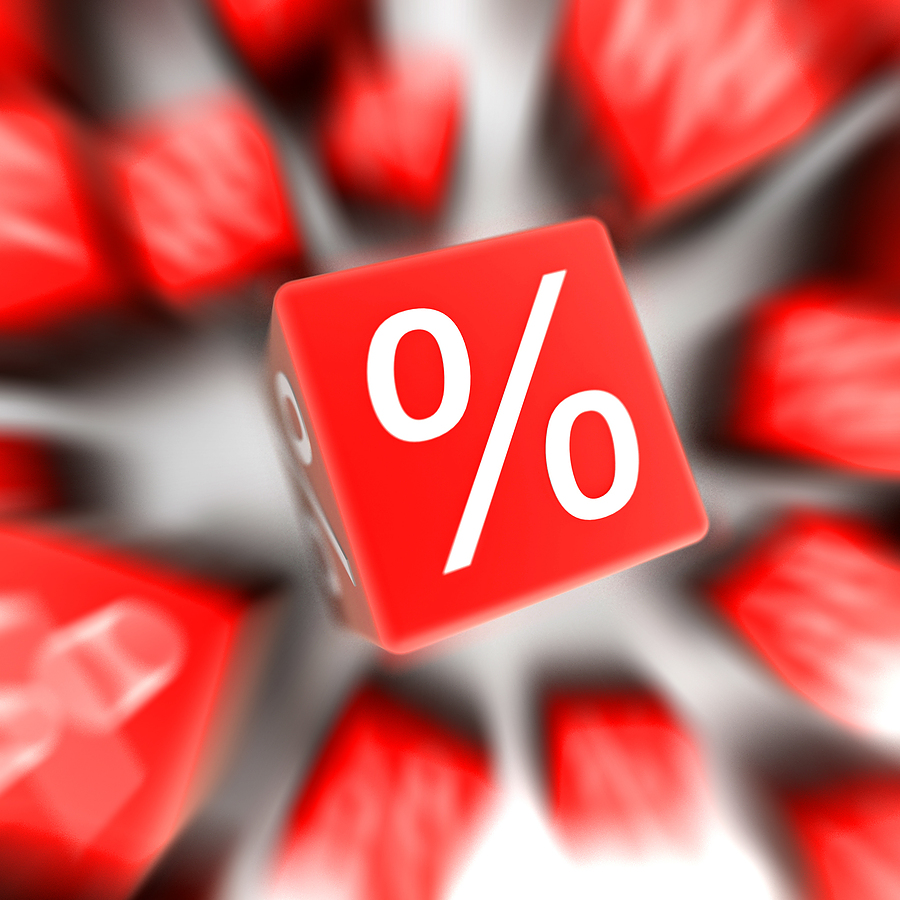When major players of the Iranian banking system next convene in the foreseeable future, addressing the oft-visited dilemma of interest rates will be on top of their agenda, the head of the Association of Private Banks and Credit Institutions announced.
“During previous meetings, discussions took place regarding interest rates and it was decided that the next meeting would focus on interest rates and make plans for supporting production and employment,” Kourosh Parvizian also told Fars News Agency, underscoring the importance of reviewing rates in the next session.
“Yes, we are looking to balance both the lending and deposit rates,” he added.
Back in June, the Money and Credit Council allowed the banking sector to offer approximately 15% interest on term deposits, lowering the rate by 3%.
Banks were also asked to charge borrowers approximately 18%, though bank loans are reportedly offered at higher rates.
However, the Central Bank of Iran has announced that it seeks single digit interest rates that are approximately 2-3% higher than the inflation rate, which is currently around 8%.
According to Parvizian who is also the chief executive of Parsian Bank, the banks will meet in the early days of the next Iranian month (that begins on May 22).
He added that the deposit rates are currently lower than they were in the final two months of the previous fiscal year (January 20-March 20) because the pressure exerted by government expenses has now abated and the major companies and holdings’ push to collect their resources has died down.
Three days ago, the secretary-general of the Association of Banks and Credit Institutions said “there have still been no talks” about reducing the rates, but confirmed that the banks welcome the decrease in both interest and deposit rates.
“Although the necessary conditions must be met, both state-owned and private banks are in favor of reducing bank interest rates in our meetings with them,” Mohammad Reza Jamshidi had also told IBENA.
The official had also signaled that the rates would be more dependent on supply and demand in the market.
“When demand is higher and supply of money is lower, interest rates would naturally follow the market instead of following the inflation rate,” he said.
However, Jamshidi noted that the necessity of interest rates being proportionate to the inflation rate is felt more by private banks than by state-owned lenders.


